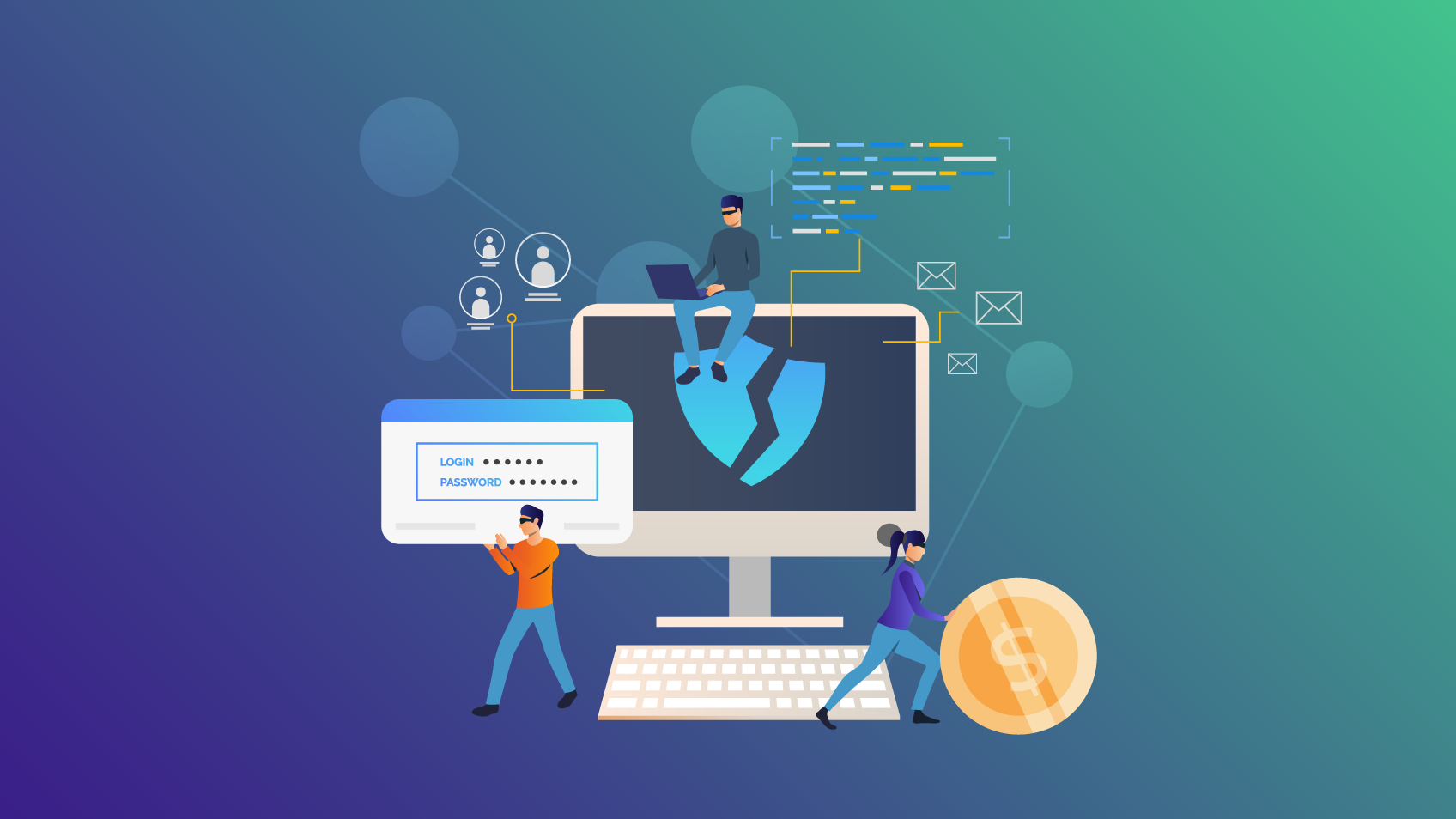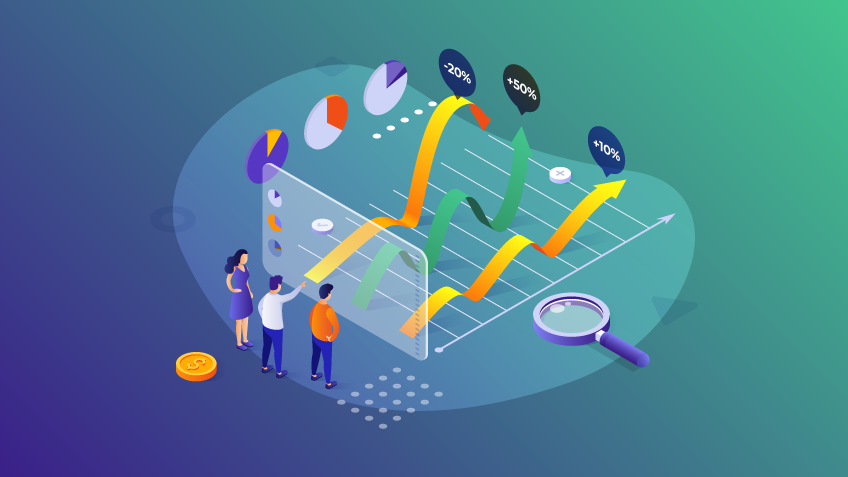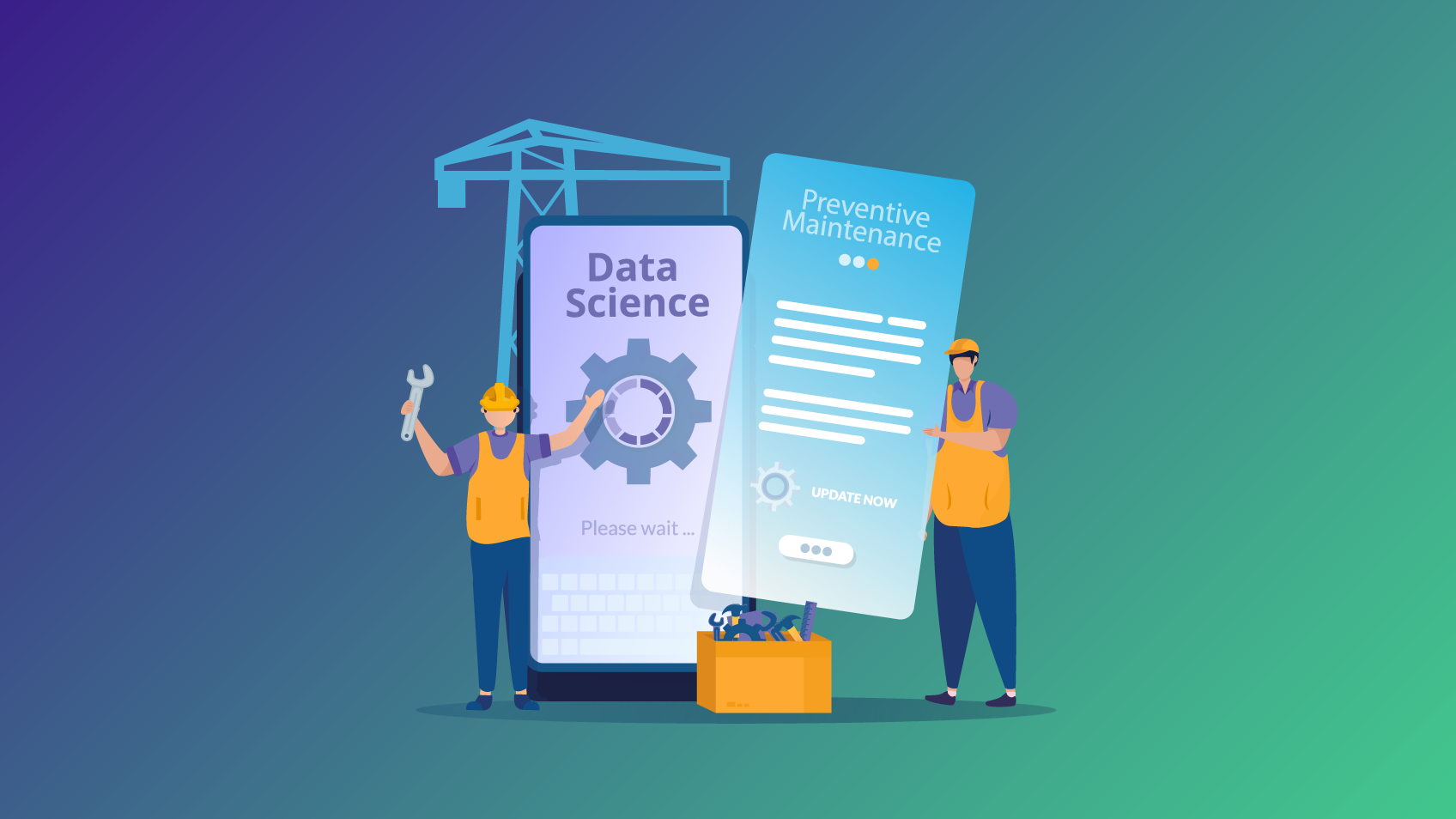5-SECOND SUMMARY:
- Improving fraud detection systems allows organizations to protect their data more effectively;
- Artificial Intelligence and Machine Learning allow you to identify patterns and trends in large amounts of data and help decision making in fraud detection;
- Azure Stream Analytics is the tool that will help you.
Technological advancement is expanding faster than ever, but it also introduces us to new threats. New technology allows criminals to gain access to more sophisticated methods that are growing harder to detect.
This is why it is so important to upgrade our fraud detection systems in order to fight these new threats. Machines are far quicker than humans when it comes to analysing and processing large quantities of data, which drastically improves the reaction time to any attack or cybersecurity anomaly. This results in a faster action time, reducing the possible damage that can be caused during the attack. Such detection systems can be achieved through Artificial Intelligence and Machine Learning, using advanced mathematical techniques that allow us to identify patterns and trends in big quantities of data in order to automate processes and extract insights that help decision-making.
Machine Learning models use information extracted from data such as identities, orders, payment methods, locations or network data, and are then applied to mathematical functions in order to identify atypical events that can hint at a threat. Some of the threats that can be identified with these models are spam/phishing emails or chats, payment fraud or identity theft. The use of these processes makes it possible for us to process big quantities of security data, and then identify the critical and most important points where attentive human intervention is required. This process frees up security teams, allowing them to spend more time-solving problems that truly matter.
Microsoft Azure and fraud detection
When we talk about safety, the time of response to eventual threats is a key factor. Azure offers tools that are helpful in the development and productisation of these processes. Azure Stream Analytics is an analysis service for near-realtime data streams, developed for processing big amounts of data coming from different sources at the same time. This service facilitates integration in ML pipelines and is also able to activate alerts, deliver data to a reporting tool or dashboard, or retain transformed data for future use.
Watch our video!
Conclusion
Technologies such as Machine Learning and Data Science are state-of-the-art solutions for safety problems, and the models that are created are pretty robust, as in they can adapt to new types of threats quickly. These solutions can be integrated into services in order to detect fraud in useful time (NRT), hence reducing the time for detecting fraud, a key element to upgrading the safety of any system. At Xpand IT we are fully capable of solving this and many other Data Science problems. You can get in touch with us to start a conversation here.















